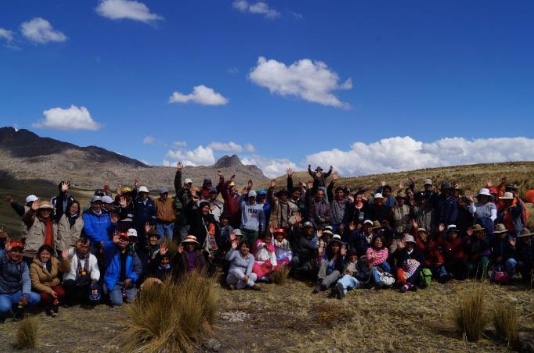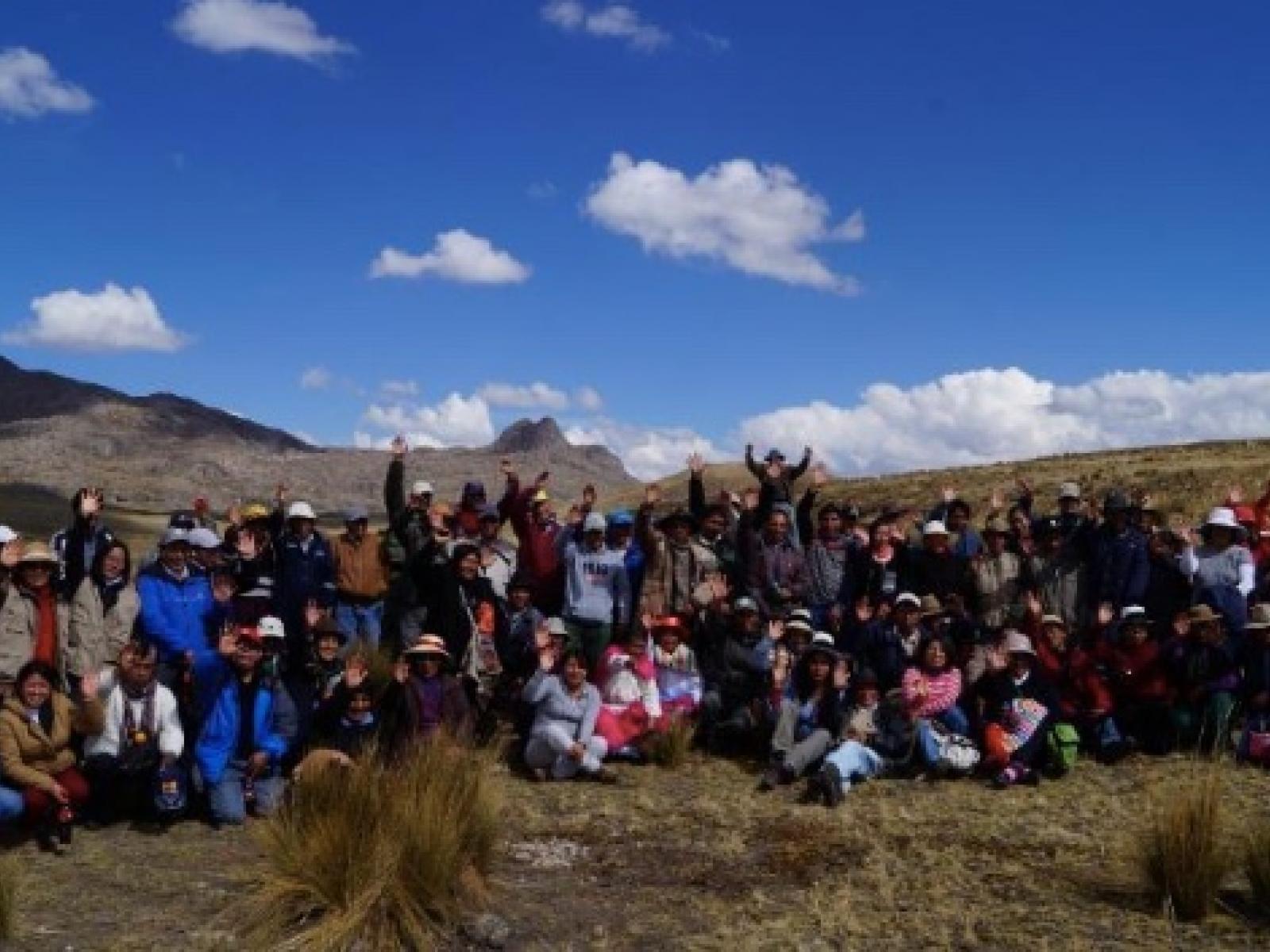An Overview Of Our Solution
- Population Impacted:
- Continent: South America
Organization type
Population impacted
Size of agricultural area
Production quantity
People employed
Describe your solution
Describe your implementation
External connections
What is the environmental or ecological challenge you are targeting with your solution?
Describe the context in which you are operating
Around 1,000 BC, pre-Incan civilizations began engineering puna ecosystems using water technologies designed to slow the movement of water through grasses and soils. When these technologies were fully employed, the puna retained more water locally, allowed biodiversity to flourish, buffered against flooding and drought, and provided fodder for sustainable sources of meat, cheese, and manure used to cultivate thousands of native potato, corn, tuber, and hard grain varieties. Glacier retreat, changes in precipitation, and shifts away from traditional practices and technologies have contributed to the degradation of puna habitat. Our project focuses on two Andean communities, Canchayllo (230 families) and Miraflores (80 families), located in the Nor Yauyos Cochas Landscape Reserve (NYCLR), whose livelihoods and food and water security depend on the puna. These communities raise sheep, cattle, and alpaca; produce several crop species; and manage wild vicuña for their highly valuable wool.
How did you impact natural resource use and greenhouse gas emissions?
Language(s)
Social/Community
Water
Food Security/Nutrition
Economic/Sustainable Development
Climate
Sustainability
Hydraulic system restoration was co-financed by local communities (42% in Canchayllo and 28% in Miraflores). Because investments in the restoration of grasslands and ecosystems through green-grey technologies creates significant positive externalities that benefit entire watersheds, the government of Peru has established funds to partially subsidize these types of investments. Norms for mechanisms for retribution for ecosystems services (MRSE) in Peru have been established to facilitate partial or full payment for these investments. The restoration of ancient technologies can also be financed through credit programs when associated with livestock production activities that have a profit margin, as is the case for alpaca fiber production.
Return on investment
Entrant Image

Entrant Banner Image

